Dundee and Dundee United can establish peak bragging rights on weekend one of the season.
The August 4 derby at Tannadice will offer the chance to proclaim early dominance for the season ahead.
Although there may still be some squad strengthening to be done at that stage, the game will provide fans with an early indication of which side looks the stronger ahead of a tough season.
With playing groups being comprehensively rebuilt in the close season, it can take a while to assess which new signings will prosper at Premiership level and which ones won’t make the cut.
Supporters naturally get excited when new faces are unveiled, but it’s not until a ball is kicked in anger that the true worth of new signings can be gauged.
That’s when the acid test of recruitment quality can be judged.
It can take time for some new signings to settle, but fans tend to conclude quickly whether a new face will cut the mustard, so hitting the ground running can be important in establishing a good relationship between individual players and supporters.
United boss Jim Goodwin and Dundee chief Tony Docherty will have worked assiduously to check out their new prospects, but there’s many a slip twixt cup and lip, so early games are always tense affairs as bosses and fans anxiously assess whether the new boys of whom they’ve talked the talk, can actually walk the walk.
Scotland’s disastrous performances at the European Championships were in stark contrast to Georgia’s sparkling 2-0 win versus Portugal to reach the last 16.
A country of just over 3,000,000 played fluent, fast, fun football, untrammelled by negativity and fear.
Former Liverpool striker Stan Collymore described them “No bulked up athletic robots. They can check and turn really easily, throw a feint, the lot.”
I think we confuse athleticism with power, physique and stamina, but while we have players who can run all day, what we lack is suppleness, flexibility and litheness.
We look stiff and immobile by comparison to the Georgian players and others, who look lighter on their feet, nimbler in possession, able to twist, turn and go through the gears to rapidly change tempo.
Scotland manager Steve Clarke adopted an overly cautious tactical approach, but even at that, our all-round physical movement and dexterity looked awkward and laboured.
At international level, peripheral vision, movement and spatial awareness are critical, and we don’t appear to possess them to any great degree.
Maybe we should take the reigns off our kids earlier in youth development, dump the tactics and systems, and let them play more naturally, without stifling their creativity?
Could we replicate the old street environment by, for instance, turning tennis courts and other tight spaces into small football pitches, where core skills of balance, touch, control and dribbling can be honed?
Can we start to encourage kids to play more at break time and after school in completely unstructured environments, simply for the love of the game?
We’ve been paying a lot of folk for a long time to come up with the answers to our lack of progress, but it seems we’re no further forward.
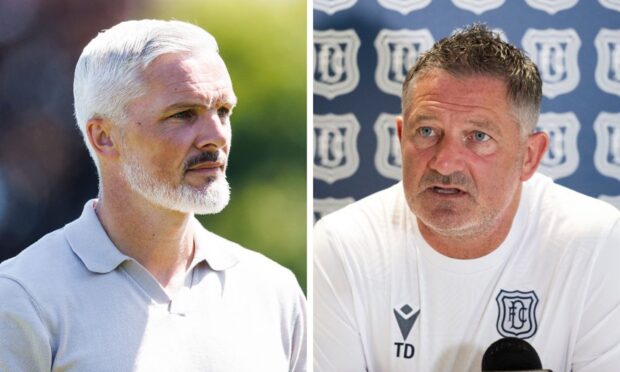
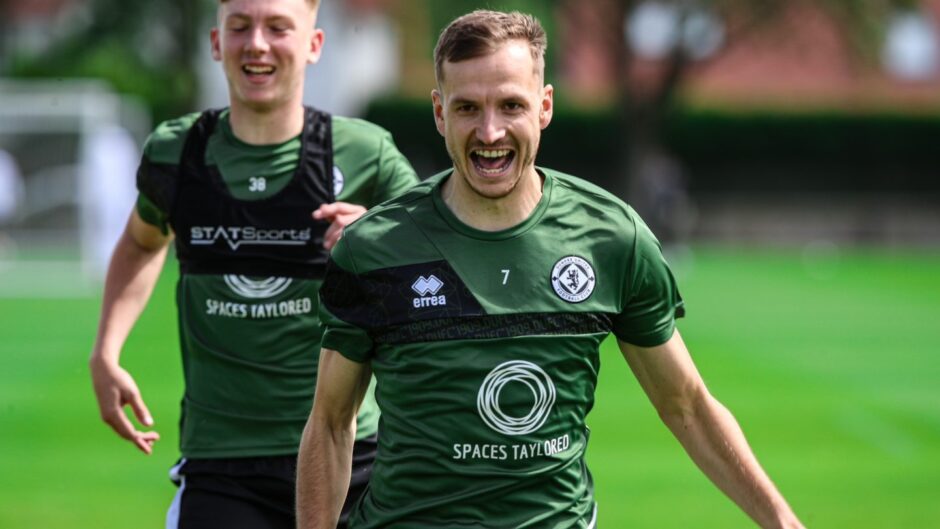
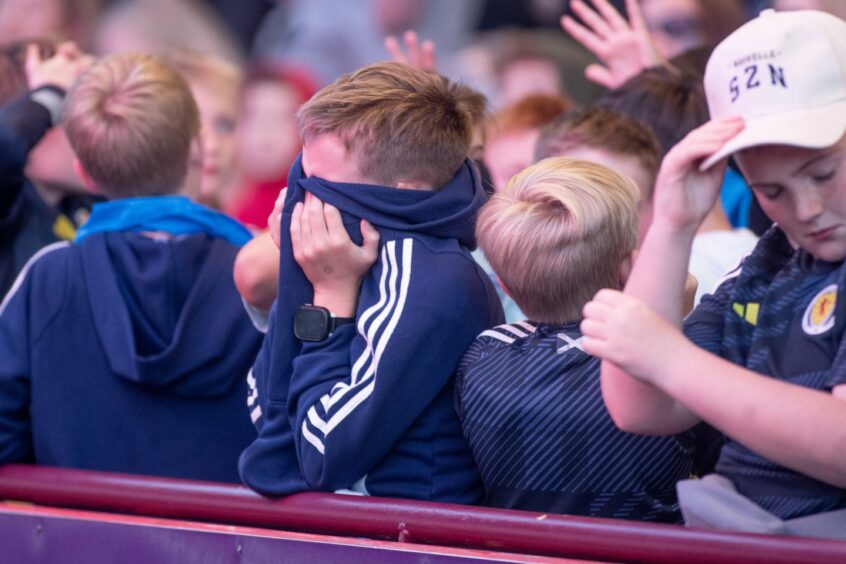
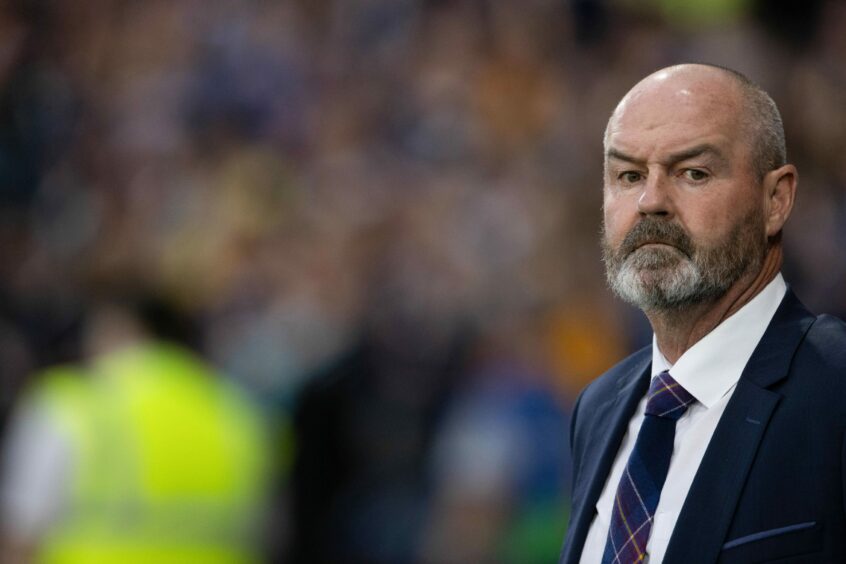
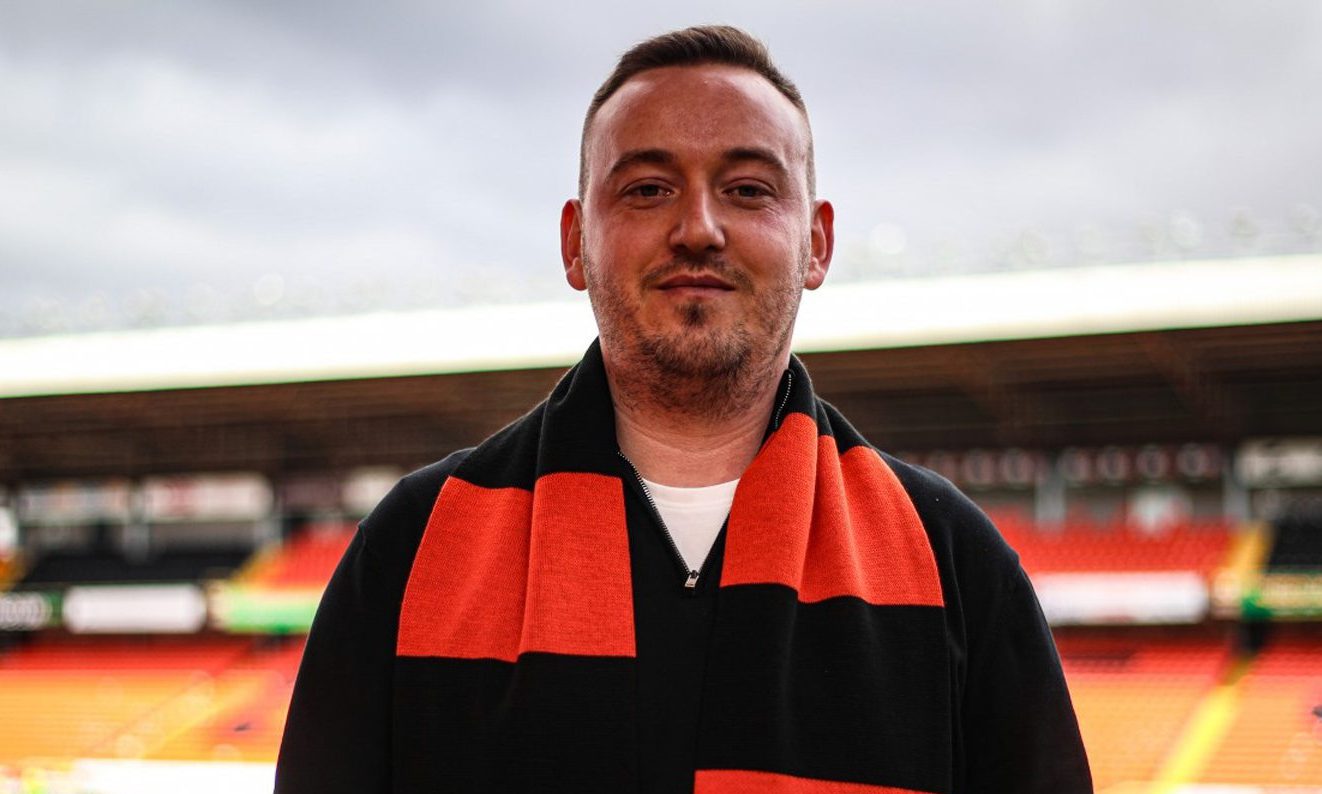
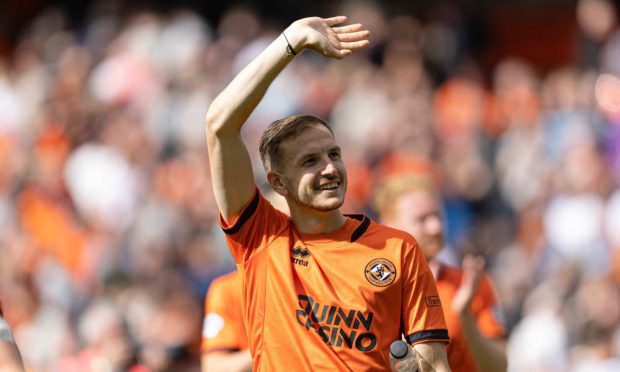
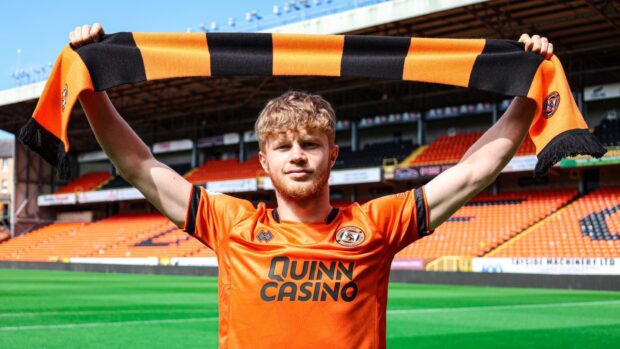
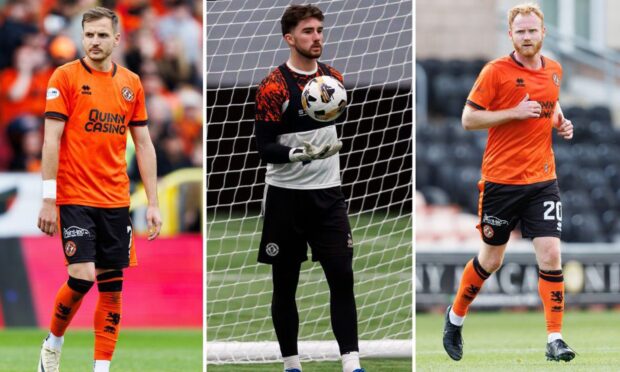
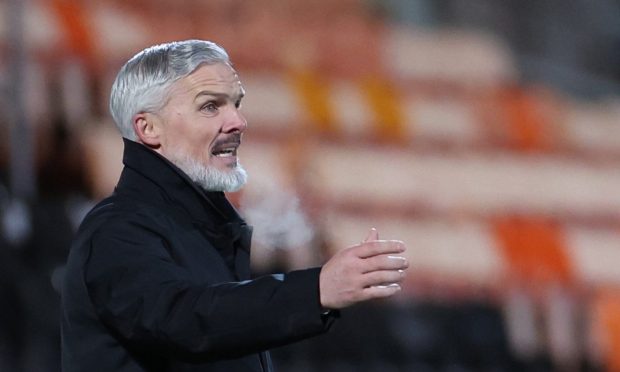
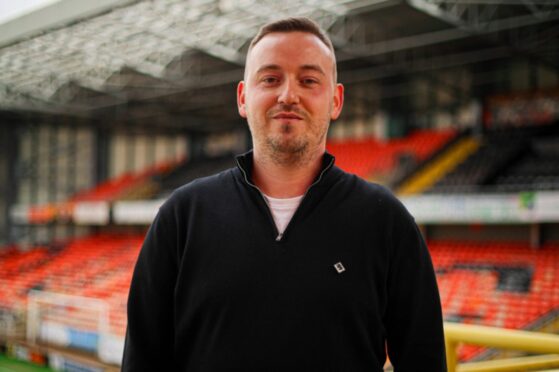
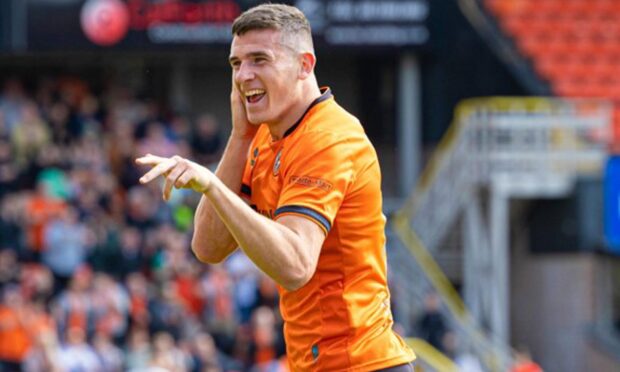
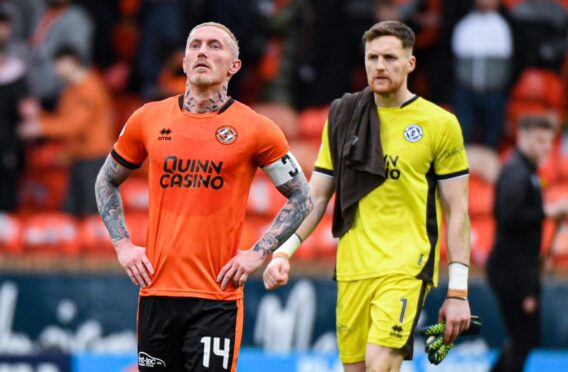
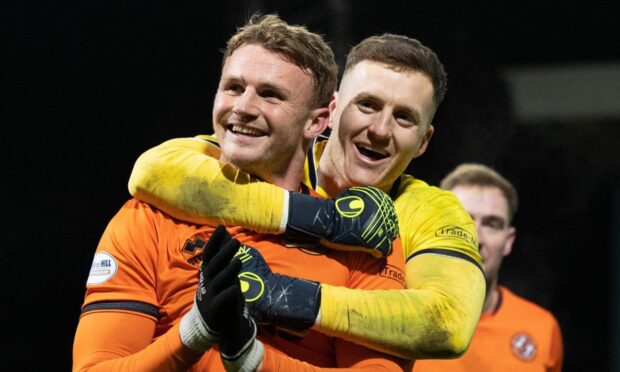
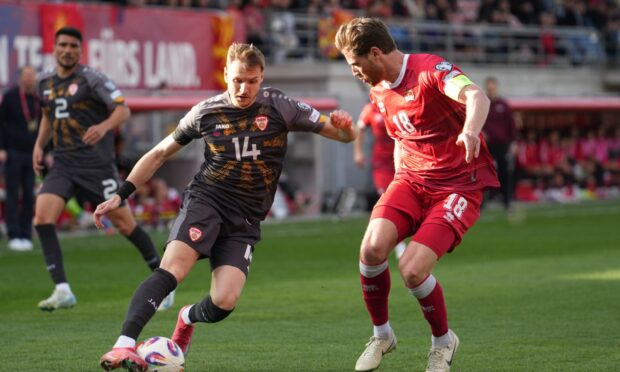
Conversation